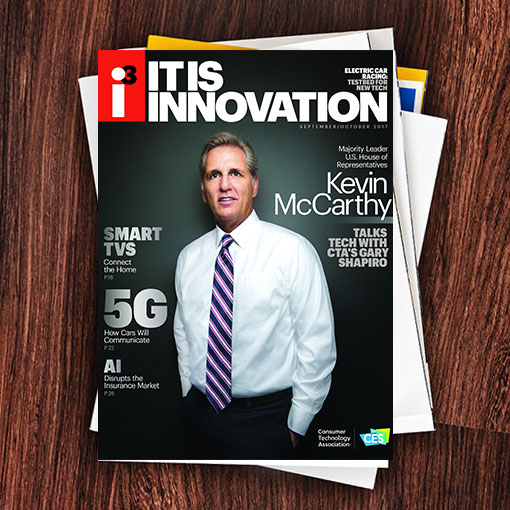The reality now is that many of the “old” jobs are gone forever but are being replaced by new opportunities. The U.S. is leading the world in robotics investments, according to the Center for Economic and Business Research. Going forward, robots are more likely to replace activities within jobs rather than jobs outright. Humans will likely augment robots. For humans, acquiring skills like coding will be critical for future jobs.
Today, coding products are marketed to children as young as three in the hopes of encouraging a lifelong passion. Robots make skills like critical thinking, problem-solving, languages and math tangible in a fun and challenging way, while imparting skills to prepare youngsters for future jobs. Robots can walk, talk and play games, all controlled by a simple interface with a smartphone or tablet.
Lego sparks imaginations. A favorite of coding enthusiasts is Lego’s Mindstorm EV3. It combines Lego bricks with robust programming capabilities including carrying out “missions” to building custom bots. Features include infrared color and touch sensors and nine alternative programming languages.
WowWee’s robotic toys teach kids how to develop their own apps to control products. WowWee’s MinionMil based on the Despicable Me franchise is a balancing robot that responds to hand gestures and is controlled from an app called Turbo Dave. Also included is a coding platform for programming fun. With WowWee’s Coji Coding Robot, kids solve problems using emojis and emoticons. This robot teaches the basics of programming with the classic :). Early readers play educational games that test memory and introduce coding concepts such as command sequences. Coji also reacts to physical stimulation like tilting.
Don’t be fooled by the playful design of Cozmo by Anki. It’s definitely for more advanced learners. Cozmo’s face is a rectangular LCD screen and its only features are its expressive eyes. It responds intelligently to its environment. Cozmo plays a number of games and when it wins, it looks smug. If it loses, it may angrily knock the blocks over. Cozmo’s built-in “emotion engine,” designed by robotics experts from Carnegie Mellon University, make it one of the smartest robots that learns from experience. The owner’s interactions with Cozmo shape its personality, from a grouchy bot to a playful one — and the engagements grow Cozmo’s “brain.” You can even write code for Cozmo using the Anki developer’s site.
Google’s charitable arm is investing $50 million in an initiative aimed at helping people prepare for the changing nature of work. Its two-year commitment will help fund nonprofits focused on three areas: helping connect job seekers with jobs; improving job quality for low-wage workers; and creating e¡ective training programs including technology skills. Robot toys can help to prepare young people for a future where robots imbued with AI and machine learning will act as assistants at home and at work. Robots are envisioned to enhance lifestyles and free people to focus on more valuable and creative work.

i3, the flagship magazine from the Consumer Technology Association (CTA)®, focuses on innovation in technology, policy and business as well as the entrepreneurs, industry leaders and startups that grow the consumer technology industry. Subscriptions to i3 are available free to qualified participants in the consumer electronics industry.